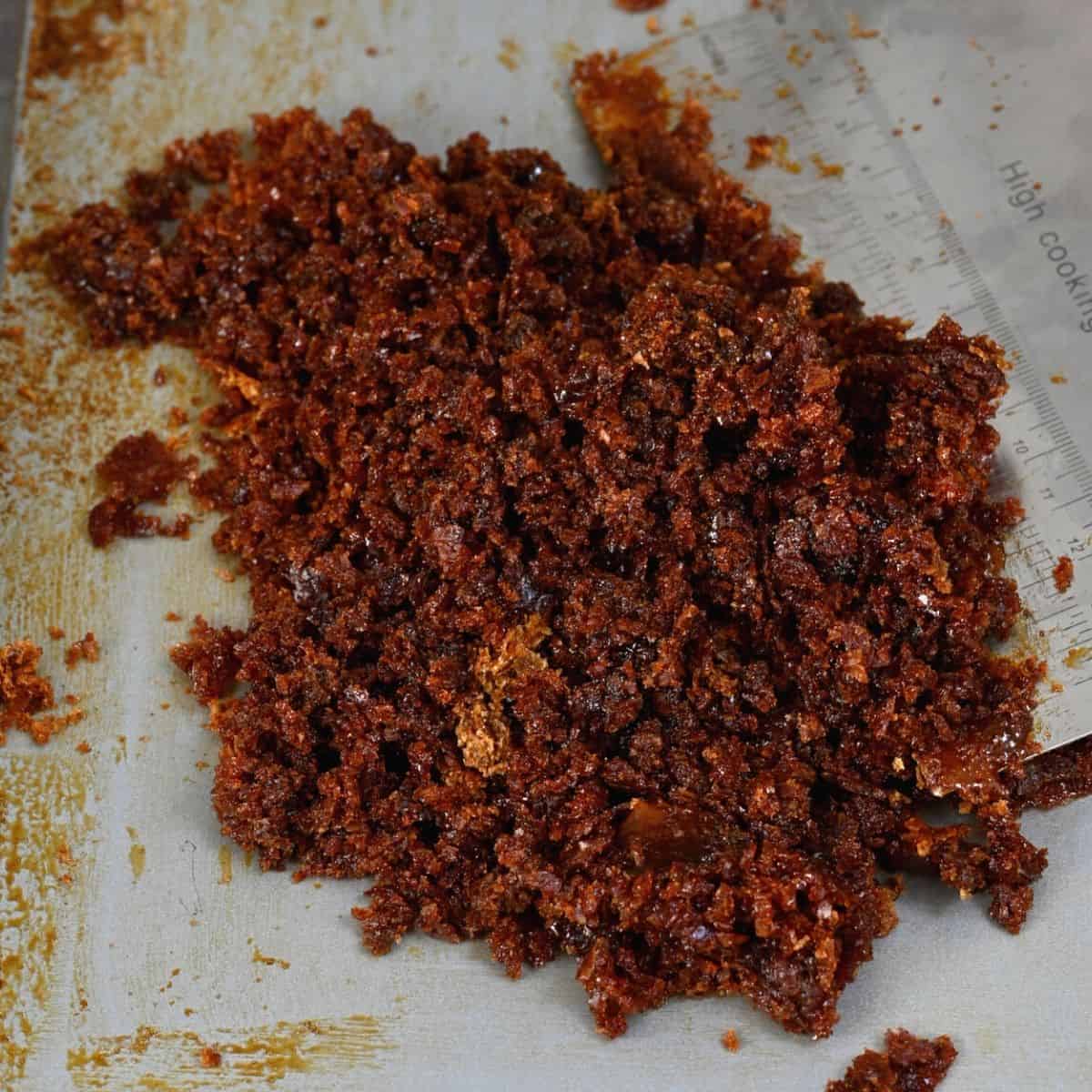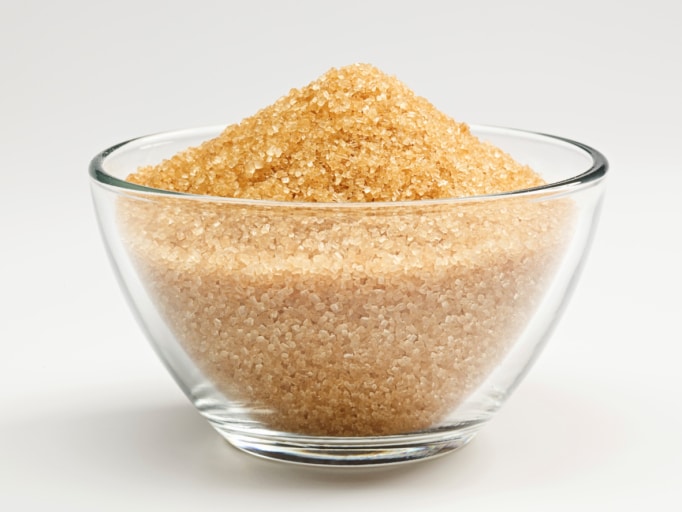Cane Sugar Processing: From Area to Table-- A Step-by-Step Overview
Cane Sugar Processing: From Area to Table-- A Step-by-Step Overview
Blog Article
Recognizing the Critical Techniques and Technologies Used in Modern Walking Cane Sugar Processing
The advancement of walking cane sugar processing has been substantially shaped by the combination of innovative techniques and technologies that resolve both efficiency and sustainability. Enzyme-assisted extraction and sophisticated refining methods have transformed yield optimization, while automation assists in functional dependability. Furthermore, the emphasis on sustainable practices reflects a growing awareness of ecological effect. As we check out these critical improvements, it ends up being essential to analyze how they not only boost production but additionally line up with broader industry fads and customer demands, questioning regarding the future of sugar handling and its implications for worldwide markets.
Historic Context of Walking Stick Sugar Handling
The historical context of cane sugar processing exposes a rich tapestry of farming development and cultural exchange that has formed its advancement over centuries. The process of drawing out and fine-tuning sugar obtained momentum in India, where techniques for condensation were developed around the 6th century.

Advanced Extraction Techniques
Efficiency in walking cane sugar removal has actually seen significant innovations, driven by the demand for greater returns and lower production costs. This strategy not just boosts sugar return but also lowers the energy required for handling.
Additionally, the adoption of membrane layer filtering innovations, such as nanofiltration and turn around osmosis, has changed the splitting up of sugar from impurities. These techniques allow for the careful permeation of sugar particles while retaining larger pollutants, simplifying the extraction process and decreasing waste.
In addition, the combination of constant removal systems has led to enhanced functional effectiveness. Cane Sugar Processing. These systems maintain a consistent circulation of cane material, making sure optimal extraction problems and decreasing downtime connected with set handling
Innovative Refining Technologies
Refining methods in walking stick sugar handling have undertaken a transformative change, driven by the need for higher purity and enhanced item top quality. Among one of the most remarkable technologies is the fostering of membrane filtering innovations, such as ultrafiltration and nanofiltration. These processes effectively remove contaminations and colorants without the requirement for comprehensive chemical therapies, thereby preserving the sugar's all-natural flavor and enhancing its allure.
Another substantial development is the usage of ion exchange materials, which allow for careful elimination of unwanted ions from sugar remedies. This innovation not just boosts the general purity of the last product yet additionally adds to lowered waste and ecological impact.
Additionally, innovations in adsorption techniques, using turned on carbon and other advanced products, have proven efficient in decolorizing sugar remedies while maintaining optimum high quality. The assimilation of these ingenious refining innovations makes certain that makers can produce polished sugar with superior clarity and taste, fulfilling the progressing choices of consumers.
Automation and Control Solution
Current developments in refining modern technologies have actually paved the method for considerable renovations in automation and control systems within walking cane sugar handling facilities. These systems make use of sophisticated software and equipment to enhance functional performance, minimize human mistake, and make sure constant product high quality.
Modern automation integrates various parts, consisting of sensing units, actuators, and programmable logic controllers (PLCs), allowing real-time tracking and control of vital processes. As an example, temperature level, pressure, and circulation rates can be specifically managed during extraction, explanation, and formation phases, enhancing performance and decreasing waste.
Additionally, progressed data analytics and equipment learning formulas play a pivotal function in predictive upkeep, permitting drivers to anticipate devices find this failings prior to they take place. This positive strategy not only decreases downtime yet additionally prolongs the lifespan of machinery.
On top of that, automation helps with the execution of Industry 4.0 concepts, empowering sugar mills to attain higher connectivity and information exchange across procedures. Consequently, decision-making comes to be even more nimble and informed, ultimately improving the total competitiveness of cane sugar manufacturing. With these improvements, the sector is well-positioned to meet growing worldwide demands while preserving functional quality.
Sustainability Practices in Sugar Production
Sustainability techniques in sugar manufacturing have actually become significantly necessary as the industry looks for to balance economic practicality with ecological obligation. As customer awareness expands regarding the ecological influences of agricultural practices, sugar producers are taking on cutting-edge techniques to lower their environmental footprint.
One substantial approach is the execution of accuracy farming techniques, which use data analytics to enhance resource use, such as water and plant foods. This reduces waste and reduces the effect on local environments. In addition, numerous producers are transitioning to renewable resource resources, such as biomass from sugarcane results, to power their procedures, thus lowering reliance on nonrenewable fuel sources.
Water administration techniques are also critical; rain harvesting and efficient irrigation systems help mitigate water shortage problems. Cane Sugar Processing. Additionally, incorporated parasite monitoring strategies reduce chemical usage, top article advertising biodiversity and soil health
Company social duty initiatives are arising, with firms purchasing neighborhood neighborhoods and making sure reasonable labor practices. By accepting these sustainability techniques, the sugar sector not just boosts its online reputation yet also adds to a much more lasting farming landscape, leading the way for future generations.

Final Thought
In summary, modern cane sugar processing integrates a series of innovative strategies and innovations that considerably boost sustainability, yield, and efficiency. The fostering of innovative removal and refining techniques, alongside automation and control systems, facilitates enhanced operational efficiency and product high quality. Furthermore, the focus on sustainable methods highlights a dedication to lessening ecological impact and promoting moral production. Collectively, these developments position the walking stick sugar market to meet modern demands while attending to critical worldwide difficulties.
The evolution of walking cane sugar processing has been substantially shaped by the combination of sophisticated strategies and innovations that resolve both efficiency and sustainability.The historical context of walking cane sugar handling reveals an abundant tapestry of agricultural innovation and social exchange that has formed its development over centuries. Innovations in milling and refining arised, laying the groundwork for modern-day cane sugar processing.Refining strategies in cane sugar handling have actually undertaken a transformative shift, driven by the check that need for greater pureness and boosted product top quality.In recap, modern-day cane sugar handling includes an array of sophisticated strategies and modern technologies that significantly improve efficiency, sustainability, and return.
Report this page